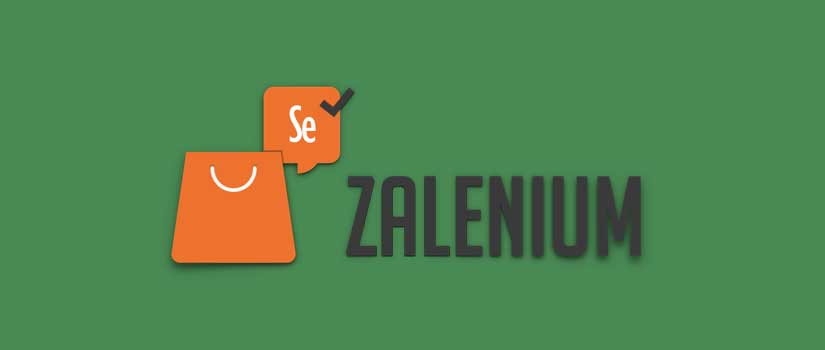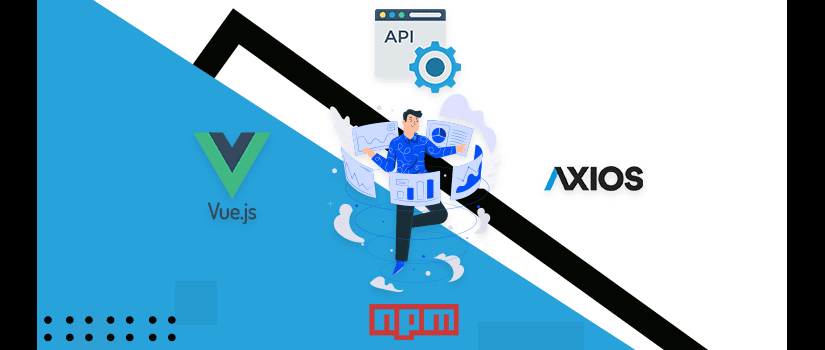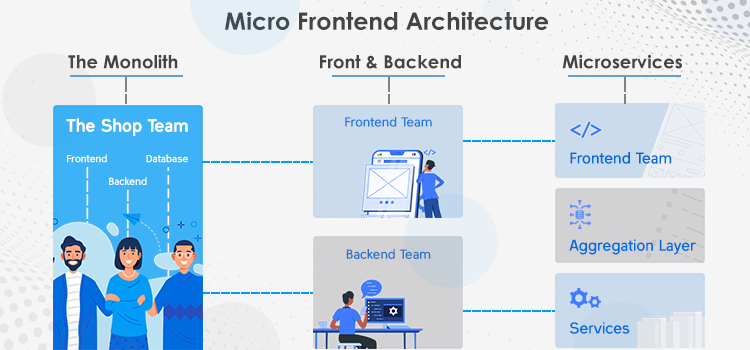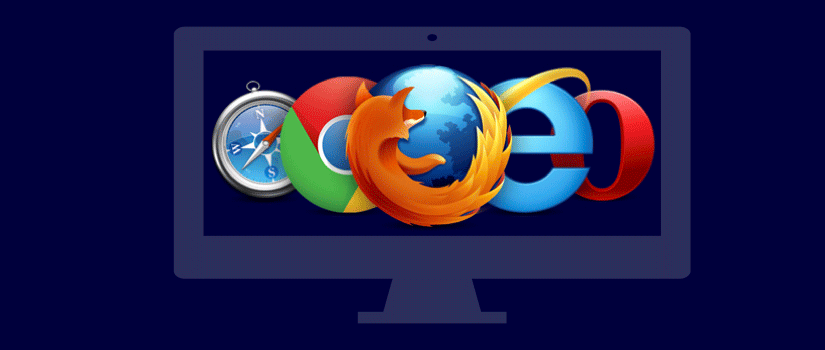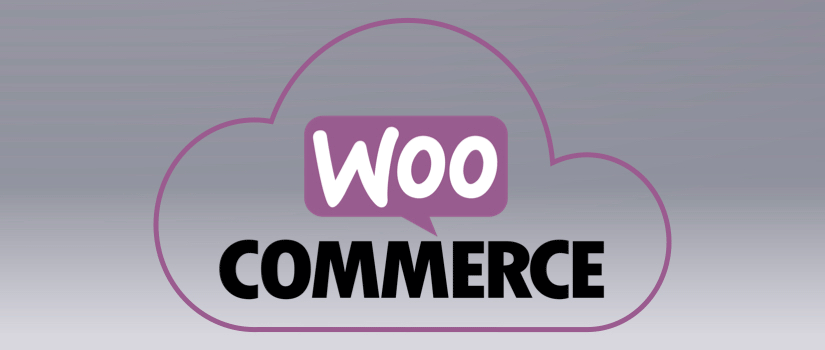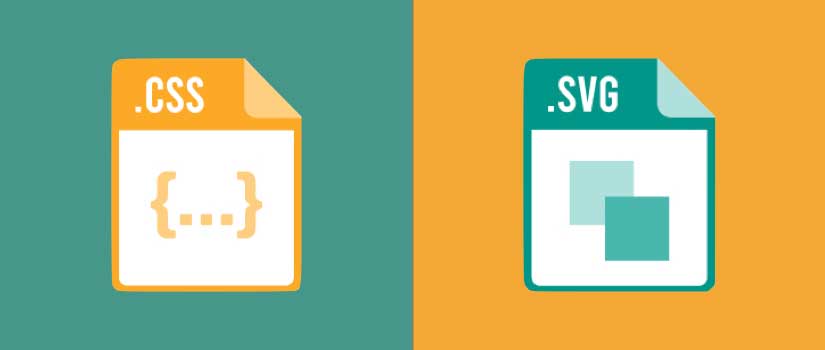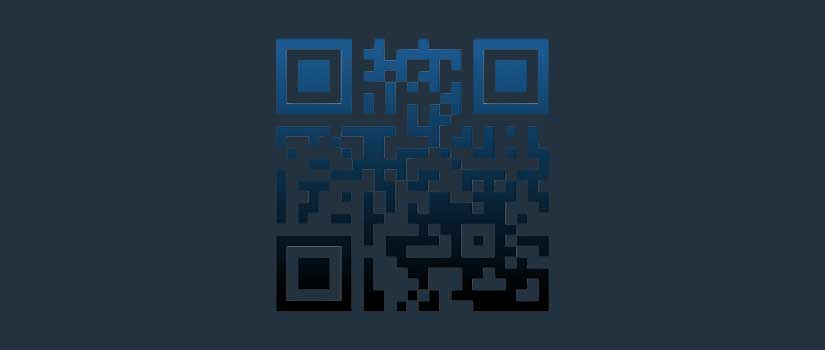Introduction
For web-application automation testing, Selenium Grid is one of the fundamental parts of the revolutionizing toolsets, which allows Selenium to perform tests on different systems and with different browsers at the same time. That is, running multiple tests at the same time against different machines running different browsers and operating systems. Essentially, Selenium-Grid support distributed test execution. It allows for running your tests in a distributed test execution environment.
In the old days, we would just put a couple of computers together, run two of the Selenium agent scripts on each machine and that was enough. But things never stay relevant all the time in its initial form, and the wildly popular automation solution ‘Selenium Grid’ has been given a breath of fresh air.
Advantages
One of the many things that add to the advantages of Selenium is its open-source availability. Selenium is a publicly accessible automation framework and is free, with no upfront costs. As different people use different operating systems and it is necessary that your automation tool supports all of them. Selenium is yet a highly portable tool that supports and can work across different operating systems like Windows, Linux, Mac OS, UNIX, etc.
Need Of Zalenium
To keep the project up-to-date with the latest release of Selenium and have it synchronized with the browser, the web driver version needs to be updated to match the browser, which takes ages. Grid updates and maintenance is a node-by-node process that consumes a lot of time.
To save time we have a Zalenium’s option! As written on to its official page, Zalenium is scalable and flexible container-based Selenium Grid, with some of the features like video recording, live preview, basic authorization & a dashboard. Other than that, it also has an out-of-the-box Docker and Kubernetes integration. This fact makes Zalenium as an attractive choice to get Selenium based infrastructures up and running easily and with less time consumption. Zalenium also has a stable grid to run UI tests with Selenium. Zalenium took an approach where docker-selenium nodes are created on-demand, where UI tests run faster in Firefox and Chrome because they are running in your own local network, on a node created from scratch and disposed of after the test completes.
Kubernetes Out-of-the-box integration significantly reduces the test execution time by spinning up Docker containers of the web browsers that are necessary and running them in parallel. It also lets you avoid the pain of setting up Grid and maintaining it later. Therefore, you don’t need to directly deal with containers/pods. Instead, the desired state of the system will be managed automatically by Kubernetes saving time and letting you relax.
While choosing an automation tool the first thing that usually hits is: "Does this tool runs on the language that I have a grip on?"
Well, Selenium doesn’t let you stop at this question for a bit, as it provides support for all major programming languages like Python, Java, C#, Ruby, Perl and JavaScript for software test automation.
It allows you to write your scripts in any of these programming languages and it automatically converts your scripts into Selenium compatible code in a blink of an eye. So, there is no stopping there on Selenium only languages. Also, all the languages that support Selenium have dedicated frameworks which help in writing tests script for Selenium test automation.
Zalenium is the result of mixing Zalando and Selenium. Its aim is to provide a simple way to create a grid and contribute to the Selenium community. Though it is not an official Selenium project. They ask to create issues in this repository to make it better and serve the automation testing community.
Conclusion
Testing using Selenium Grid setup is very instrumental in speeding up the complete test execution process as you can run the scripts in parallel while implementing your tests. Though, Selenium Grid setup(without a cloud infrastructure) can be a ‘scalable approach’, its scalability can become limited if an in-house infrastructure is set up. Along with the initial setup, there would be ‘repeated expenses’ for maintaining the infrastructure too.
Supercharge your Selenium testing with Zalenium. Connect with us for a seamless testing experience.

